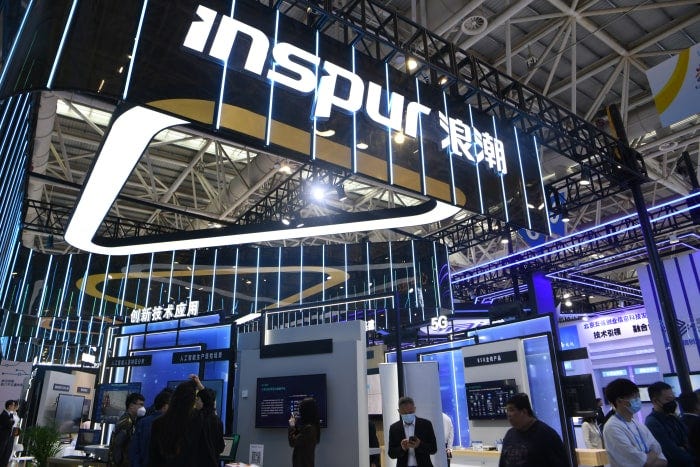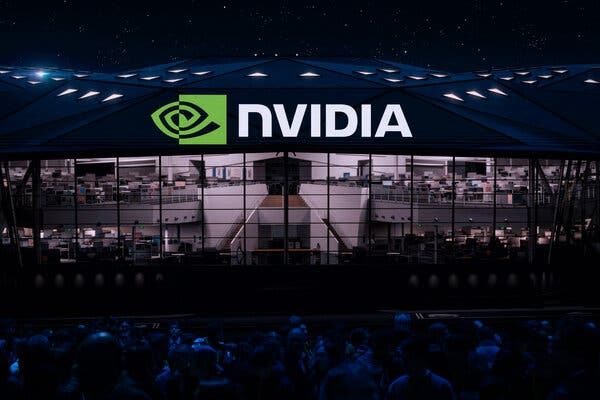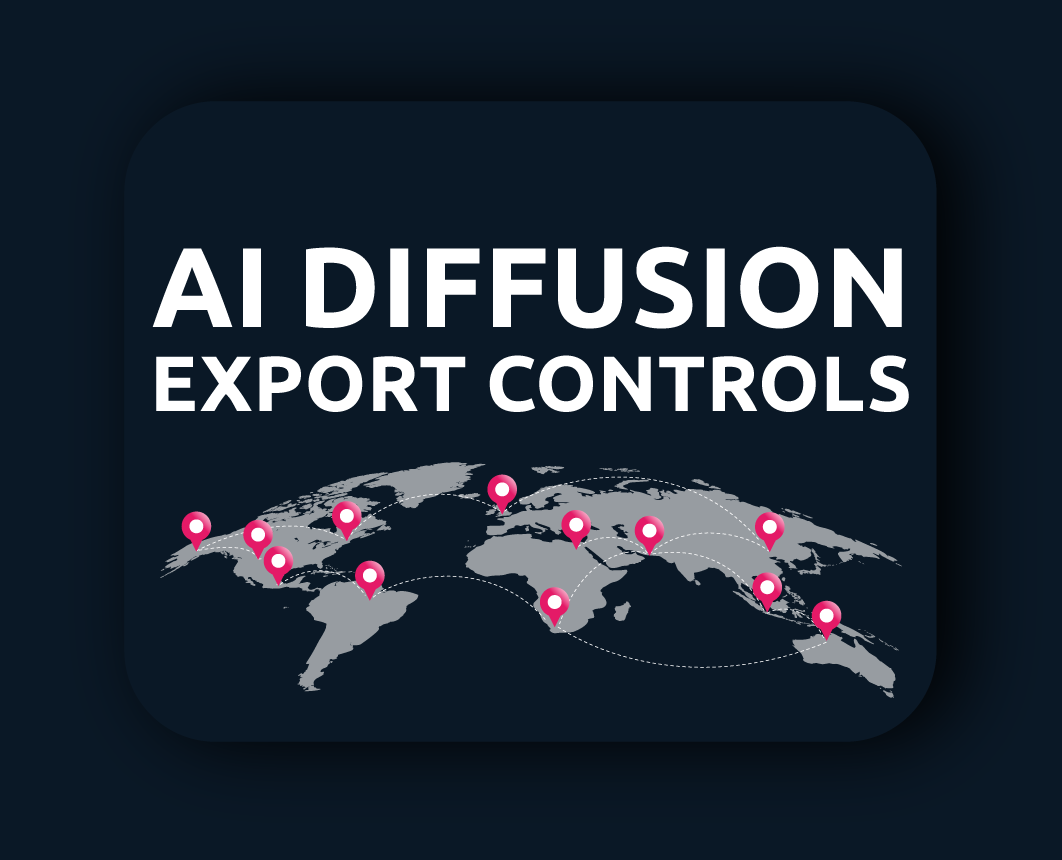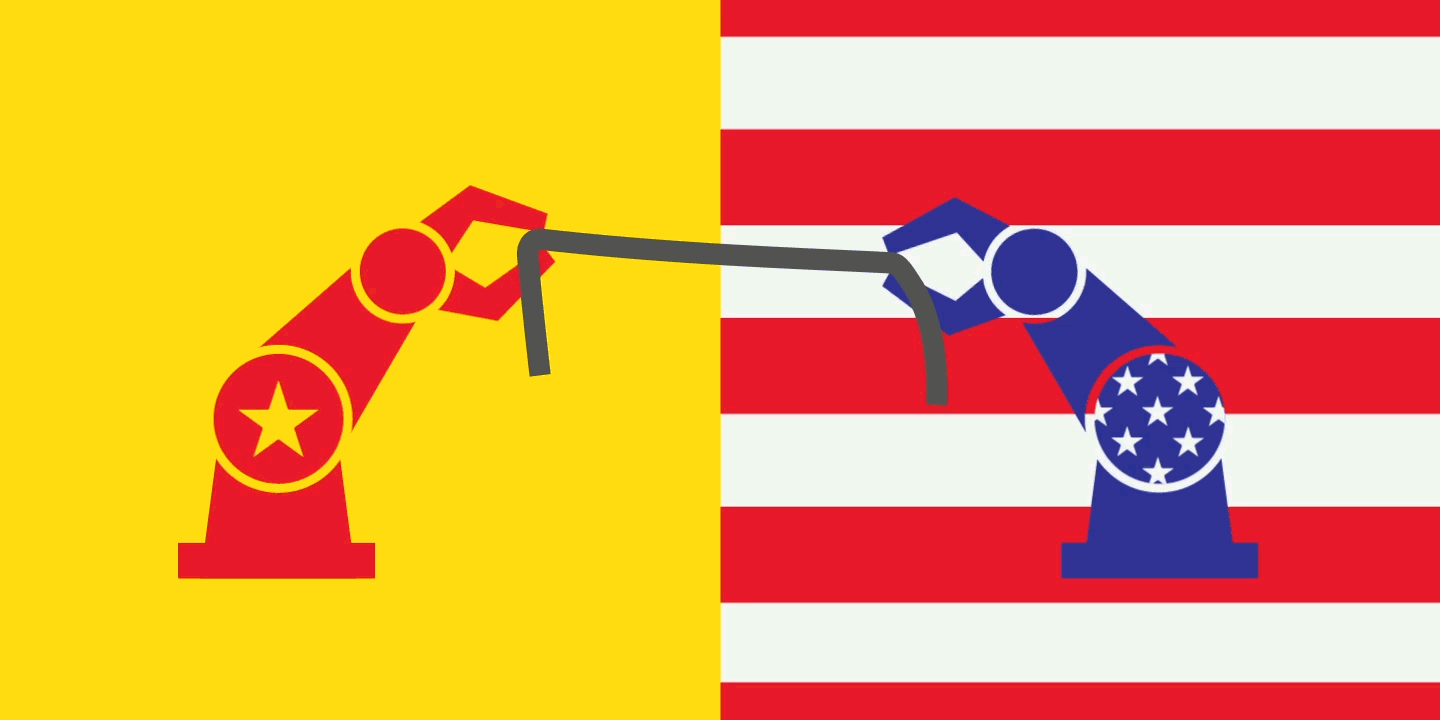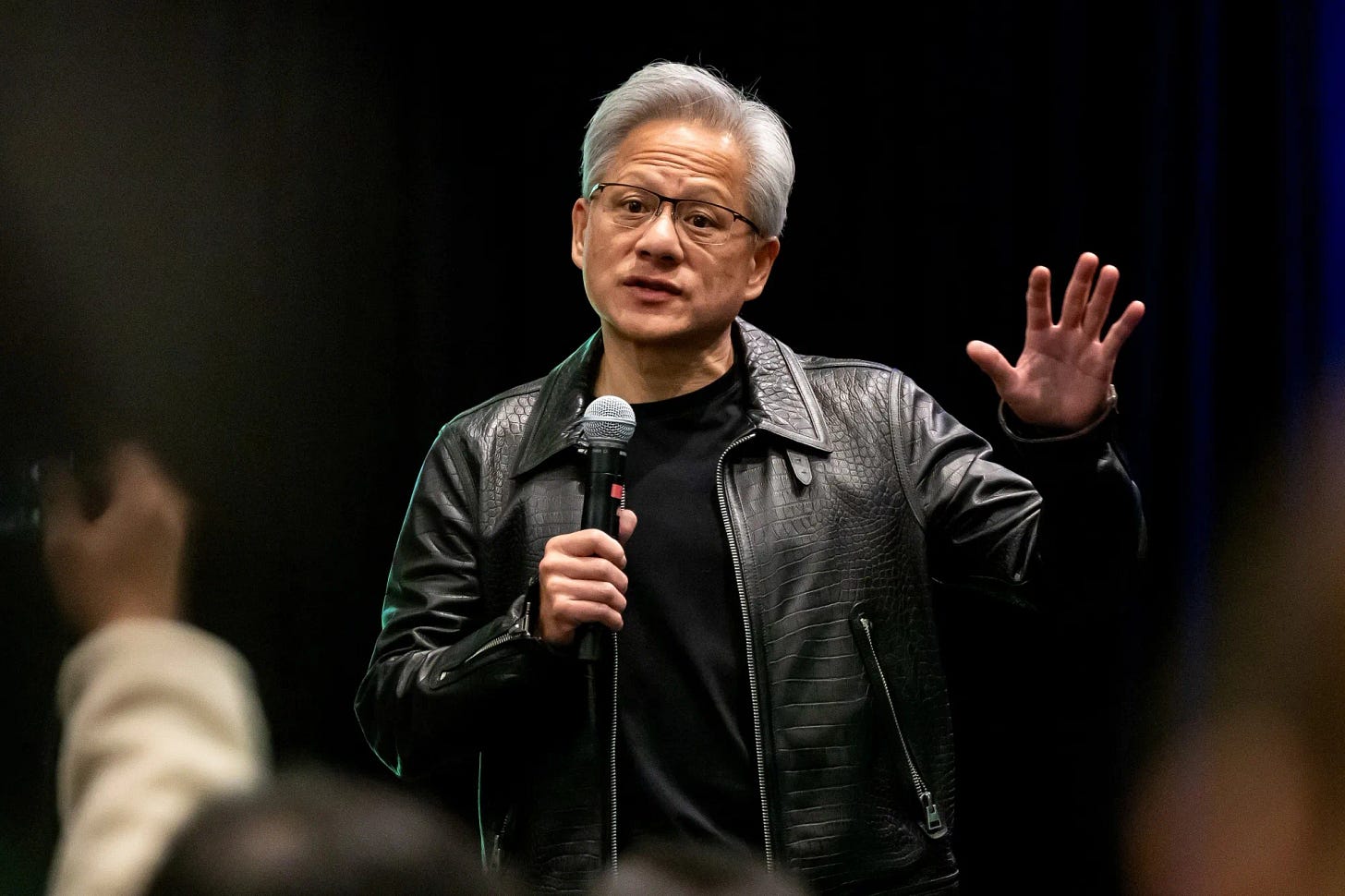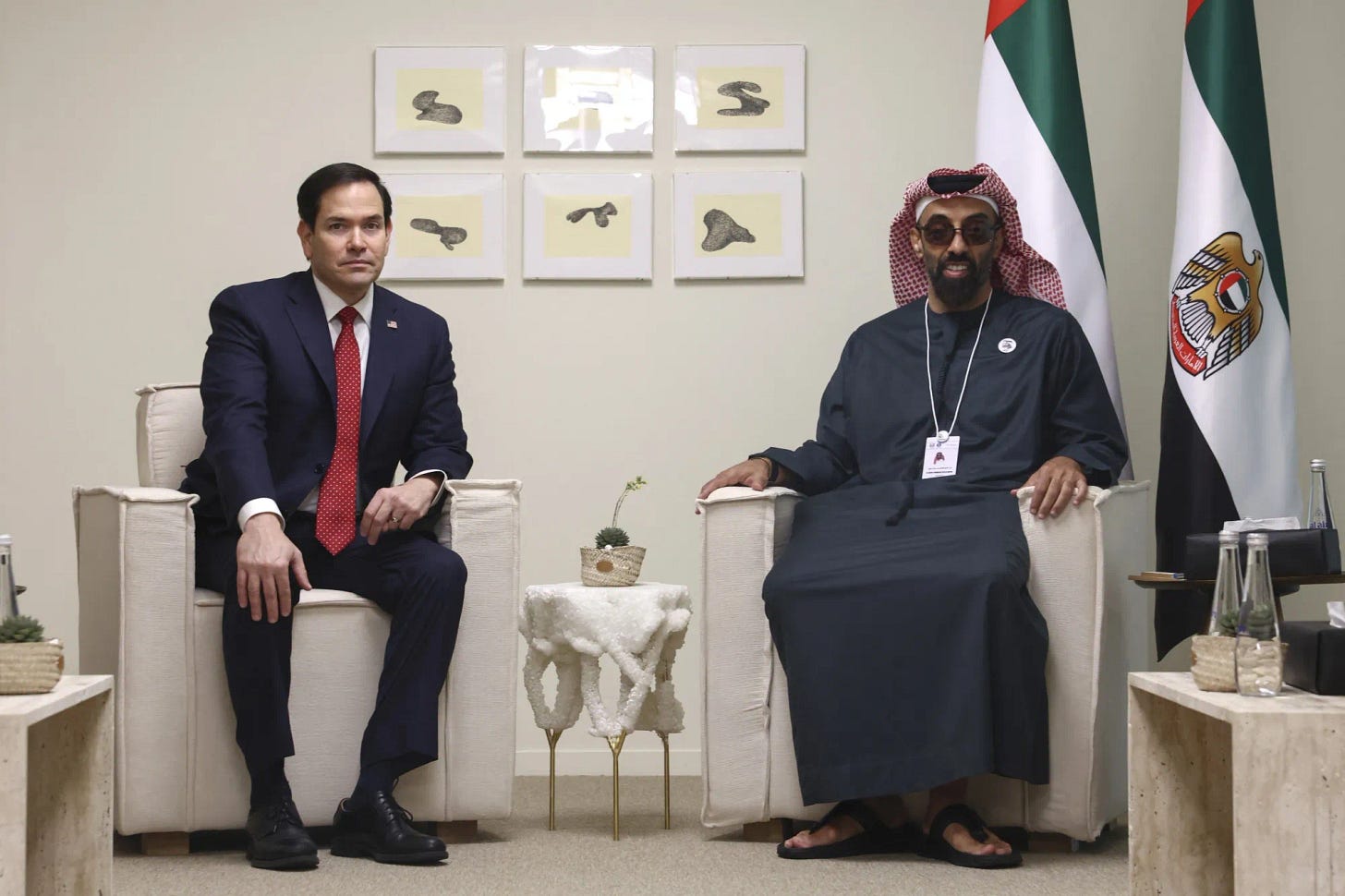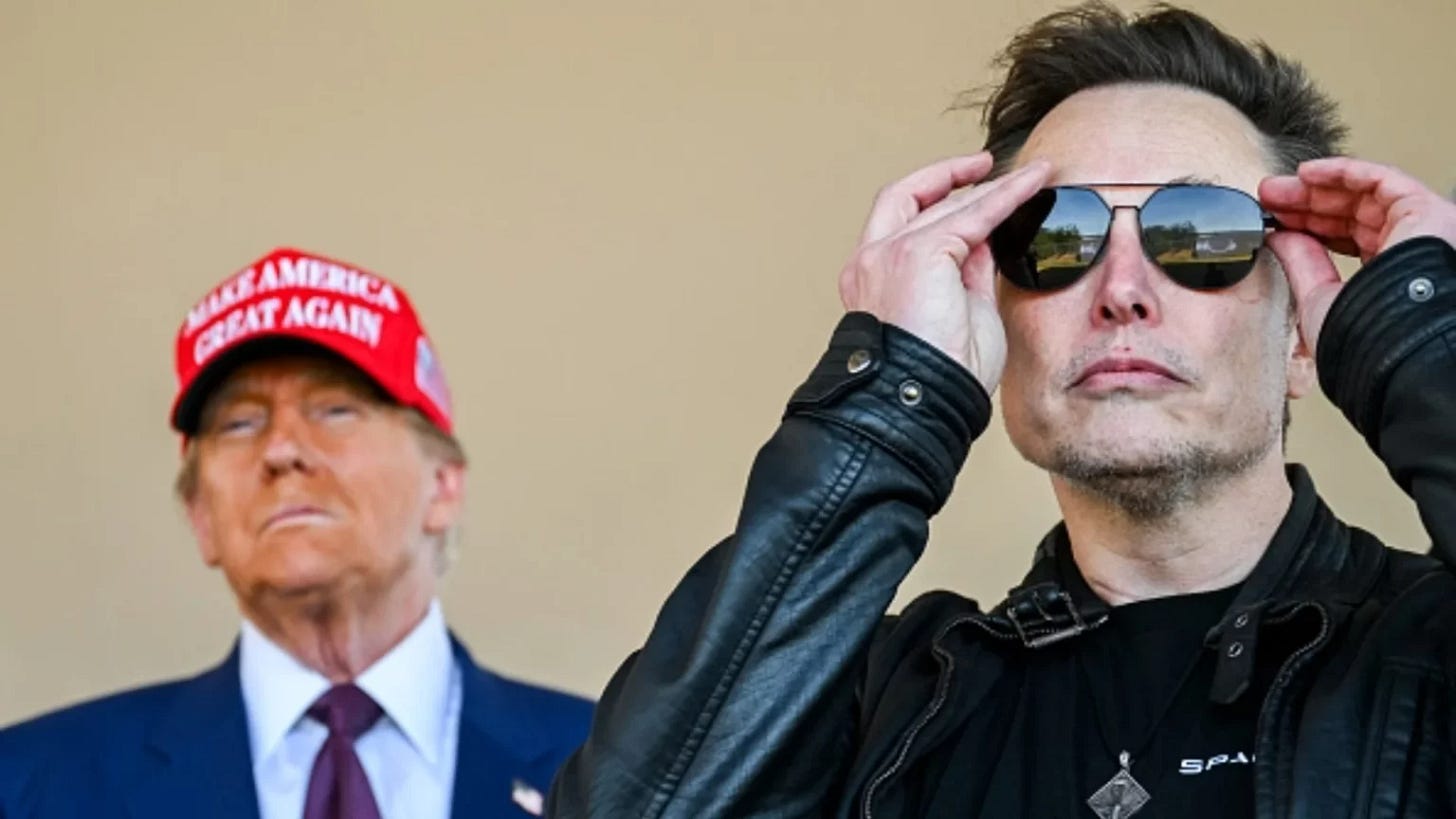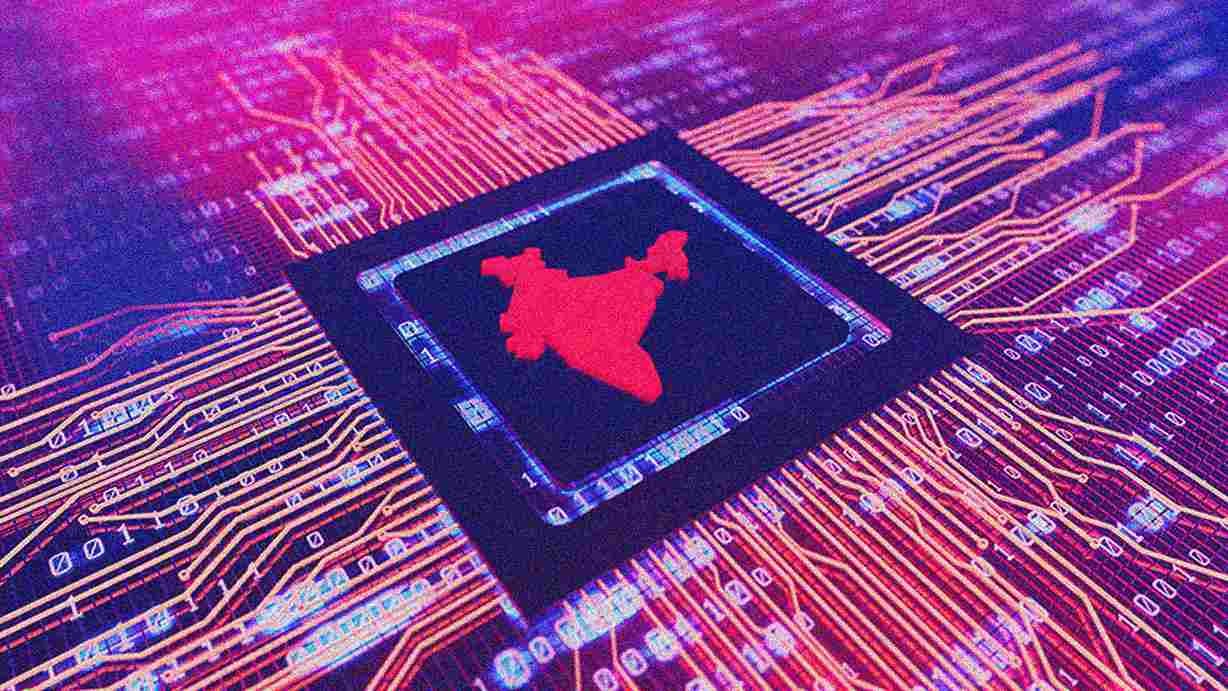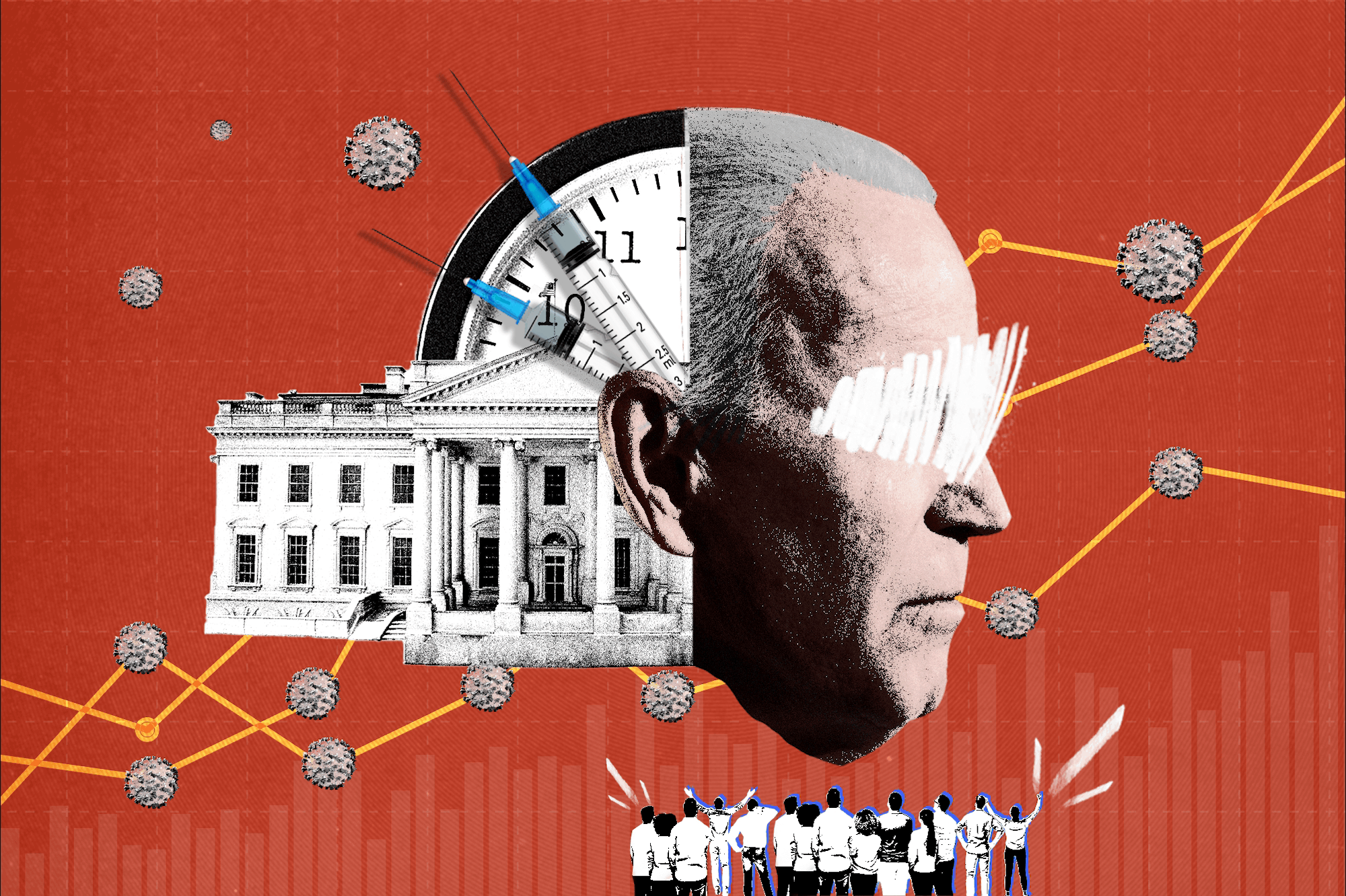
AI: Trump Administration navigates Biden 'AI Diffusion Rules'with core China focus. RTZ #671
Early this year I discussed what I called ‘Biden’s Unforced Error’ with his administration’s last minute ‘AI Diffusion Rules’. These were formulated and submitted with a few weeks for the incoming Trump administration to ponder and implement any changes they would like to implement. It’s all part of the ‘RealTechPolitik’ environment I’ve discussed for US technology companies in this technology wave vs others.
It’s a key factor that will affect this AI Tech Wave from the US perspective for years to come, likely in any shape it’s rolled out. But it’s current state has some issues, particularly for leading US AI tech companies like Nvidia, Oracle and many, many others. And it’s coming up against a deadline this May 15 for the Trump administration and Congress to mind on their calendars.
And while the tech companies and their executives are optimistic on getting some more degrees of freedom than under the Biden curbs, the latest Trump administration actions are not leaning in that direction:
“The Trump administration demonstrated that it wants tougher limits on China’s access to American technology than those introduced by the Biden administration, targeting Chinese companies including a server maker that buys Nvidia chips.”
“The U.S. on Tuesday added dozens of Chinese companies to a trade blacklist over national security concerns. American businesses seeking to sell technology to these companies will need approval from the government.”
“Among those added were subsidiaries of Inspur Group, China’s largest server maker and a major customer for U.S. chip makers such as Nvidia, Intel and Advanced Micro Devices. Companies linked to China’s largest supercomputer maker, Sugon, were also added.”
“The move is the clearest signal yet that the Trump administration intends to further limit what kind of American technology Chinese companies can buy, despite complaints from Silicon Valley companies, including Nvidia, that former President Joe Biden already went too far.”
“In the Biden administration’s final days, it imposed limits on third countries buying cutting-edge American chips, hoping to prevent those chips from making their way to China. U.S. tech executives have asked President Trump to roll back those limits before they take effect in May.”
“The latest export controls add to friction between the world’s two largest economies. Since he took office, Trump has imposed cumulative new tariffs on China of 20%, on top of the levies imposed during his first term.”
“Nearly 80 companies were put on the Commerce Department’s blacklist, known as the entity list. The bulk of them are Chinese. The department said it acted to limit China’s access to high performance computing for military applications and stymie the development of its hypersonic weapons program.”
On Tuesday, the NYTimes reported “U.S. Adds Export Restrictions to More Chinese Tech Firms Over Security Concerns”:
“The additions included companies that are customers of Intel and Nvidia, and one firm that was the focus of a New York Times investigation last year.”
“The Trump administration on Tuesday added 80 companies and organizations to a list of companies that are barred from buying American technology and other exports because of national security concerns.”
“The move, which targeted primarily Chinese firms, cracks down on companies that have been big buyers of American chips from Nvidia, Intel and AMD. It also closed loopholes that Trump administration officials have long criticized as allowing Chinese firms to continue to advance technologically despite U.S. restrictions.”
Bloomberg lays it out in the context of the Biden ‘AI Diffusion Rules’, here in “Tech Chiefs, Foreign Leaders Urge Trump to Rethink AI Chip Curbs”:
“Senior foreign officials and major tech companies are pushing the Trump administration to rethink the country’s global semiconductor strategy, as the US prepares a controversial framework for controlling artificial intelligence development around the world.”
“The so-called AI diffusion rule, which restricts the number of AI processors that can be exported to most nations, prompted an outcry from tech giants like Nvidia Corp. after Biden officials unveiled it during their last week in office. US allies such as Israel and Poland also have chafed at the rules, which they worry will threaten their supply of the precious chips or make their countries less attractive for AI investment.”
“Now a slew of governments and many companies are trying to persuade President Donald Trump’s team to loosen some of the regulations before the deadline for compliance arrives in less than two months. Administration officials are nowhere near a consensus on how to proceed, and it’s still unclear which voices will carry the most weight in the debate.”
“One option not currently being considered at the staff level, two people said, is a wholesale repeal. Whether more senior officials change course, however, remains to be seen.”
The long term objectives for DC are clear, and ‘threading the needle’ China focused:
“The goal in Washington is to ensure that AI development remains concentrated in the US and close partner nations. For data centers built elsewhere — from Malaysia to Brazil to India — American policymakers want AI infrastructure to align with US security standards. That includes things like implementing cybersecurity protocols and stripping Chinese hardware out of data center supply chains.”
And it breaks up the world into ‘three Tiers’ that require pre-sale licensing and approvals, an intricate and time-consuming process. That also comes across as not respectful by many of the US’s close political and business allies, regardless of how the policies are explained in terms of ‘national security’ vs China:
“To that end, the AI diffusion rule divided the world into three categories of chip access: Nearly 20 close US partners — located in Europe and East Asia — get mostly unfettered access to AI chips. At the other extreme, adversaries like China and Russia are still effectively barred from importing the technology.”
“And, for a vast group of countries in the middle, the rule establishes caps on the total computing power available for export. Those restrictions affect nations with significant AI ambitions in the Middle East and Southeast Asia, many of which hadn’t been affected by previous rounds of semiconductor rules.”
“Companies seeking to build data centers in places like the United Arab Emirates or India can apply to bypass those national limits by agreeing to US guardrails. But there are still restrictions on how much capacity firms can put in any one country.”
The new administration has a lot to ponder in terms of options:
“If Trump officials choose to maintain the framework as written, it could reshape digital infrastructure plans in regions key to the US-China competition, and pose particular challenges for companies like Oracle Corp. that are expanding aggressively in foreign markets. It also could turn access to US hardware into a geopolitical bargaining chip, in one of the most significant examples of American technological statecraft in the AI age.”
The early signals are encouraging for now:
“Key Trump officials have indicated they want to streamline and strengthen the rule, Bloomberg has reported, but what that means in practice remains in flux.”
“Some officials, for example, have floated the idea of scrapping the three tiers and associated compute caps — but sticking with the baseline requirement of export licenses for most of the world, which builds on previous limits for China and some 40 other countries, people familiar with the matter said. Some are focused on narrower changes like requiring licenses for smaller shipment sizes, instead of the framework’s current standard of government notification, Bloomberg has reported.”
The hardware oriented US technology companies are relatively clear which side of the spectrum they’re on:
“Maintaining the curbs in any form would be an unwelcome outcome for Oracle and Nvidia, which have both pushed the Trump administration to fully roll back the rule and start the regulatory process from scratch, people familiar with the matter said. Nvidia, which makes the world’s most popular AI accelerators, argues the restrictions will push the world toward alternative technologies with limited benefits to US national security.”
“We should continue to interact with the government,” Chief Executive Officer Jensen Huang told reporters last week, so that “whatever policy they believe is best, is informed.”
“Oracle, meanwhile, is concerned about a provision that prohibits US companies from housing more than 7% of their computing capacity in any one second-tier country. That’s a major problem for the Texas-based hyperscaler, which is planning a $6.5 billion data center investment in Malaysia that will likely blow past the 7% limit, according to the research firm SemiAnalysis.”
Nvidia and Oracle at least are clear what they’re asking for, and in my view aligns well with the short and long-term interests of the US, both in geopolitical and technology business terms.
“The two companies recently joined the Information Technology Industry Council, a trade group representing most major tech firms, in part to push for an unambiguous stance against the AI diffusion rule, as opposed to an approach that would suggest amendments but not oppose the framework’s broad strokes. ITI’s official position, adopted earlier this month, promotes withdrawing the rule in full — with an asterisk that some members consider the existing architecture a useful starting point. An ITI spokeperson declined to comment.”
Other major US technology companies are also recommending a lighter touch on the ‘AI Diffusion Rules’:
“Google, for example, complained that the rule disproportionately burdens US cloud service providers, but stopped short of calling for a repeal. The AI company Anthropic, meanwhile, says Trump officials should make the framework tougher by reducing the number of chips that can be exported to second-tier countries without a license — a threshold currently set at around 1,700 of Nvidia’s H100 accelerators. Allowing smaller shipments with only a government notification, rather than a formal approval, could “address legitimate commercial purposes” but also risks allowing bad actors to smuggle chips in small batches, Anthropic says. Some Trump officials agree.”
Microsoft also is leaning in this direction, given their partnerships on AI infrastructure in the middle east:
“Beyond numerical bounds, the rule also spells out what security provisions companies must adopt to avoid the caps. A top executive at Microsoft Corp. — which is investing $1.5 billion in Abu Dhabi AI juggernaut G42 — wrote a blog post endorsing those guardrails, while warning against second-tier status for “many American friends,” such as the UAE. A Microsoft spokesperson referred Bloomberg to that post and the company’s broader comments on AI policy, which do not reference export controls.”
“For their part, Emirati officials have tried to demonstrate an alignment with American priorities, most notably by helping broker G42’s divestment from China’s Huawei Technologies Co. to pave the way for the Microsoft deal. But not everyone in Washington is convinced that the Gulf nation, which has long had close ties to Beijing, will actually keep Chinese companies from tapping data centers in the UAE and Kenya.”
“The issue is a top priority for Abu Dhabi royal Sheikh Tahnoon bin Zayed Al Nahyan, who serves as the UAE’s national security adviser and sits atop a $1.5 trillion empire that includes G42. He recently traveled to Washington to discuss compute access and broader investment goals with Trump and members of his cabinet.”
For the Trump administration, the UAE is one of the formost entities promising not just hundreds of billions, the latest global AI ante, but numbers over a trillion in terms of US centric AI infrastructure investments.
“Shortly after his trip, an Abu Dhabi sovereign investor announced a $25 billion US partnership focused on data center power generation. The UAE could spend a total $1.4 trillion in the US over the next decade, the White House said after the meeting, including participation from funding vehicle MGX — overseen by Sheikh Tahnoon — in a massive AI infrastructure venture with OpenAI and SoftBank Group Corp. dubbed Stargate.”
And the debate extends to US ally Israel, which is ranked in Tier 2 under the Biden AI Diffusion Rules as they stand:
“Other governments have made similar appeals. Israeli Prime Minister Benjamin Netanyahu’s advisers raised the issue ahead of his DC visit last month, and officials there have since continued the conversation with their US counterparts. Israel’s concern — shared by several other second-tier nations — is not necessarily a risk of a chip shortage in the tech-heavy economy, but rather that the regulatory burden of selling to Israel will push AI companies and suppliers to look elsewhere, an Israeli official said.”
“One factor the official says could aid their pitch: Israel is working to enact a law that enhances supervision of goods with both commercial and military uses, which would bring its export control standards more in line with countries that are exempted from the AI diffusion caps. But Israel also anticipates that getting top-tier status may require a quid pro quo with the Trump administration, the official said, without specifying what Israel would give in return.”
It’s all about ‘ReaPolitik and RealTechPolitik’ in the extreme:
“The question of policy alignment — and general cooperation on US trade restrictions — factored into how Biden officials classified countries into tiers. That’s a departure from standard export control procedure, which uses formal country groups from existing regulations.”
And the Rules have ruffled feathers of a lot of otherwise US allies:
“The result shocked and frustrated countries like Poland, a NATO ally that’s secured large data center investments from Google and Microsoft — and is now worried that compute caps could undermine those projects. Polish President Andrzej Duda discussed the issue with Trump and members of his cabinet in February, Duda said during a Polsat News TV interview late last month. Trump said the matter “needs to be dealt with,” according to Duda, who added that US Commerce Secretary Howard Lutnick also promised to look into changing the regulations.”
India of course is also trying to figure out where it stands in these rules, and is an important geopolitical and technology partner for the US, with its own roadmap for AI. And they’ve had their own TikTok ban:
“Then there’s India. The South Asian nation is working to rapidly expand its digital infrastructure, including with a project that could become the world’s biggest data center — provided India can import enough Nvidia chips. It’s a tricky strategic question. While the US sees India as an important regional partner and a counterweight to China, the country also has a history of funneling restricted technologies, including semiconductors, to Russia.”
“During a January trip to Delhi, officials on Biden’s national security council presented their Indian counterparts with a potential path forward, two people familiar with the matter said: India should be the first country to strike a government-to-government agreement on AI chips with the US, which could pave the way for easier technology access.”
“US Officials there plan to raise the issue next month, three people familiar with the matter said, when National Security Advisor Mike Waltz is slated to visit Asia’s third-largest economy.”
All of this outlines the breadth and depth of the geopolitical and tech business importance of how the Trump administration comes out on Biden’s ‘AI Diffusion Rules’. And the spectrum of options and impact on this AI Tech Wave.
Much rides for US tech companies, and their global AI long-term business prospects in this process.
Including the US’s two largest $3 trillion+ tech companies, Nvidia and Apple in particular. The new administration is trying to steer a course in the middle, although with an anti-China north star for now. Stay tuned.
(NOTE: The discussions here are for information purposes only, and not meant as investment advice at any time. Thanks for joining us here)



